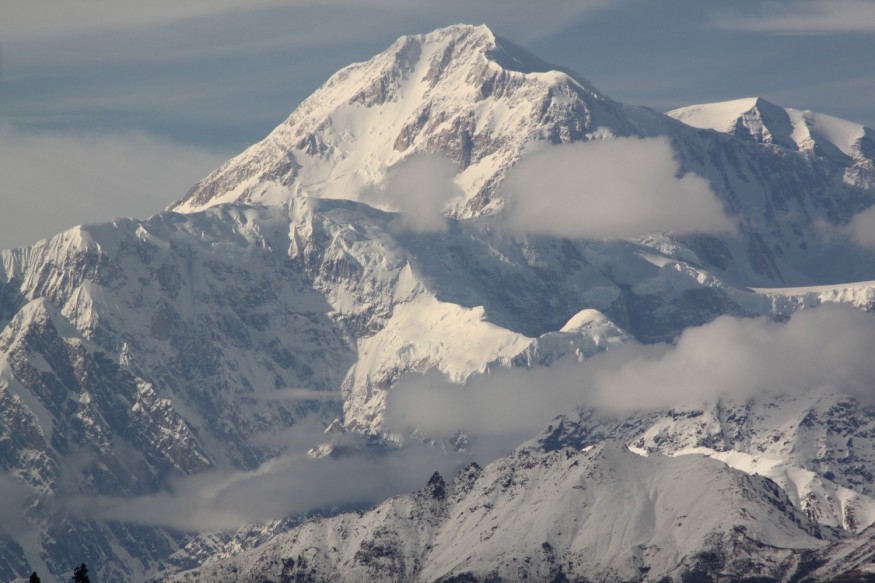Environmental science researchers have discovered that the Muldrow Glacier in Denali National Park has experienced a surge of movement, prompting park authorities to discourage trips to the summit.
Muldrow is currently experiencing a rare glacial surge and that has created both large cracks in the ice itself as well as making it very dangerous for mountaineering.
Regular Denali hiking routes disrupted
Mt. Denali is the highest peak in both Alaska as well as the rest of North America. And to reach it, climbers will have to take their pick of which glaciers to cross, including Muldrow.
Normally, glaciers barely move at all. But in places like Alaska, there are instances when the ice suddenly accelerates en masse, breaking up and cascading forward in a surge at the speed comparable to an avalanche.

As reported in the Anchorage Daily News, signs of the surge were first observed when a local flightseeing pilot first noticed the signs as he flew over to the peak. Researchers were then dispatched to confirm the phenomenon. Meanwhile, notices have already been sent to those who had booked treks to Denali, and park authorities are currently deciding whether to review alternative trails or call for cancellations altogether.
Climate change comes to Denali?
Some are suggesting that climate change may be the reason for the surge, attributing the movement to global warming thawing out meltwater underneath Mudrow.
However, some park authorities have been expecting the surge for quite some time. The last recorded instance of a surge in Denali happened over 60 years ago and it was just about time that another happened again.
And while there has been research linking climate change to other cases of glacial surges around the world, geologists are still not 100% sure what really causes them. The Mudrow glacial surge could be a once-in-a-lifetime chance for the park's resident scientists to get answers.
Asides from global warming, other hypotheses include:
Sedimentary rock destabilizing beneath the ice and weakening its foundations.
Water previously trapped in the ice making its way to the rock bed.
Ice melting from underground geothermal activity.
In the case of the Muldrow Glacier, researchers are still studying the phenomenon but are strongly leaning towards it being caused by a combination of the glacier's previous elevation as well as changes to the water inside the ice.
Meanwhile, the surge is also expected to create other challenges besides cancelled hiking trips. Currently, it was measured to be moving at 20 meters per day and there is a risk that the incoming ice would cause flooding via the McKinley river further downstream.
Park authorities will continue to monitor the situation, and trekkers are highly advised to reconsider any trips to the Alaskan peak this season.
© 2025 NatureWorldNews.com All rights reserved. Do not reproduce without permission.





